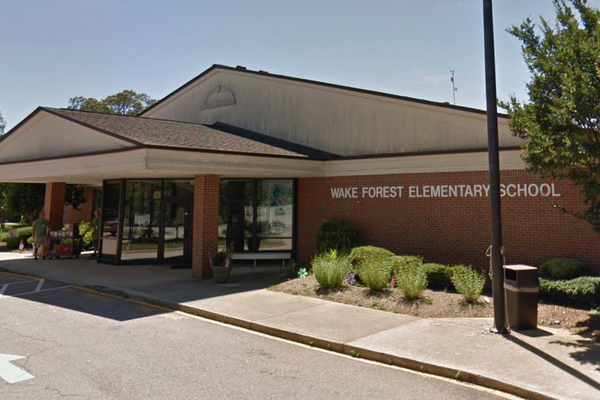
The U.S. housing market, battered by nearly three years of elevated mortgage rates and affordability challenges, is finally showing signs of bottoming out—offering a glimmer of hope for homebuilder stocks and a $55 trillion sector that’s been largely frozen since 2022.
Following the Federal Reserve's 25-basis-point rate cut last month, and with more easing likely ahead, builder sentiment has turned slightly more optimistic.
Long-dated bond yields have pulled back from recent highs, helping to ease financial pressure on rate-sensitive housing equities.
Is this the long-awaited turnaround for the housing sector?
Builder Expectations Rise in October
On Thursday, the National Association of Home Builders/Wells Fargo Housing Market Index rose to 37 in October, up from 32 in the previous two months and ahead of consensus forecasts of 33.
That's the highest reading in six months, signaling a shift in expectations, particularly regarding future sales.
The index measuring expectations for sales over the next six months jumped nine points to 54, crossing the 50-point threshold that signals more builders see conditions as good than poor.
Current sales conditions also improved, rising four points to 38, while buyer traffic increased modestly.
"While recent declines for mortgage rates are an encouraging sign for affordability conditions, the market remains challenging," said Buddy Hughes, NAHB chairman and a homebuilder from Lexington, N.C.
He highlighted that while luxury markets and remodeling activity remain solid, many buyers are still waiting for more attractive financing terms.
"The HMI gain in October is a positive signal for 2026," Robert Dietz, chief economist at NAHB, said, citing the drop in mortgage rates from above 6.5% in early September to 6.3% in early October.
He expects further Fed easing to contribute to a gradually improving sales environment, although challenges such as construction costs and labor shortages persist.
Price cuts remain common in the current market environment. According to the HMI survey, 38% of builders reduced home prices in October, the highest rate since October 2024.
The average discount climbed to 6%, up from 5% in previous months. Use of incentives remained widespread, with 65% of builders offering them to attract buyers.
Regionally, sentiment improved across the board. The Northeast HMI rose two points to 46, the South and West each gained two points to 31 and 28, respectively, and the Midwest remained unchanged at 42.
Homebuilder Stocks Rebound—But Still Lag
The recent drop in Treasury yields has triggered a recovery in homebuilder equities.
Both the iShares U.S. Home Construction ETF (NYSE:ITB) and the SPDR Homebuilder ETF (NYSE:XHB) are up more than 3% so far this week, rebounding from a 7.4% decline last week.
Still, the sector continues to underperform the broader equities market. XHB is up just 1.7% year-to-date, far behind the 15% gain posted by the Vanguard S&P 500 ETF (NYSE:VOO).
None of the 10 largest holdings in ITB have outperformed the S&P 500 this year.
PulteGroup Inc. (NYSE:PHM) leads with a 12.8% year-to-date gain, followed by D.R. Horton Inc. (NYSE:DHI) at 8.9%.
Meanwhile, Lennar Corp. (NYSE:LEN) is down 11.2%, Builders FirstSource Inc. (NYSE:BLDR) is off 12.7%, and Lennox International Inc. (NYSE:LII) has dropped 13.54%.
Even retail giants tied to home improvement—Home Depot Inc. (NYSE:HD) and Lowe's Companies Inc. (NYSE:LOW)—remain in negative territory for the year.
Is This a Turning Point for Housing?
While recent data offers reasons for cautious optimism, significant headwinds remain.
Affordability remains a significant challenge, with 30-year mortgage rates still above 6%. According to Aditya Bhave, economist at Bank of America, only a drop toward the 5% range would meaningfully revive stalled housing demand and encourage more homeowners to list their properties.
Meanwhile, David Michael Tinsley, senior economist at Bank of America Institute, notes that many homeowners are effectively “locked in” to sub-4% mortgages, limiting their incentive to move and contributing to constrained housing supply.
With more rate cuts expected and the 10-year Treasury yield easing, momentum may be shifting.
However, a full rebound in housing—and a sustained rally in homebuilder stocks—may require deeper declines in borrowing costs and a more meaningful loosening of financial conditions.
Read Next:
Image created using artificial intelligence via Midjourney.







